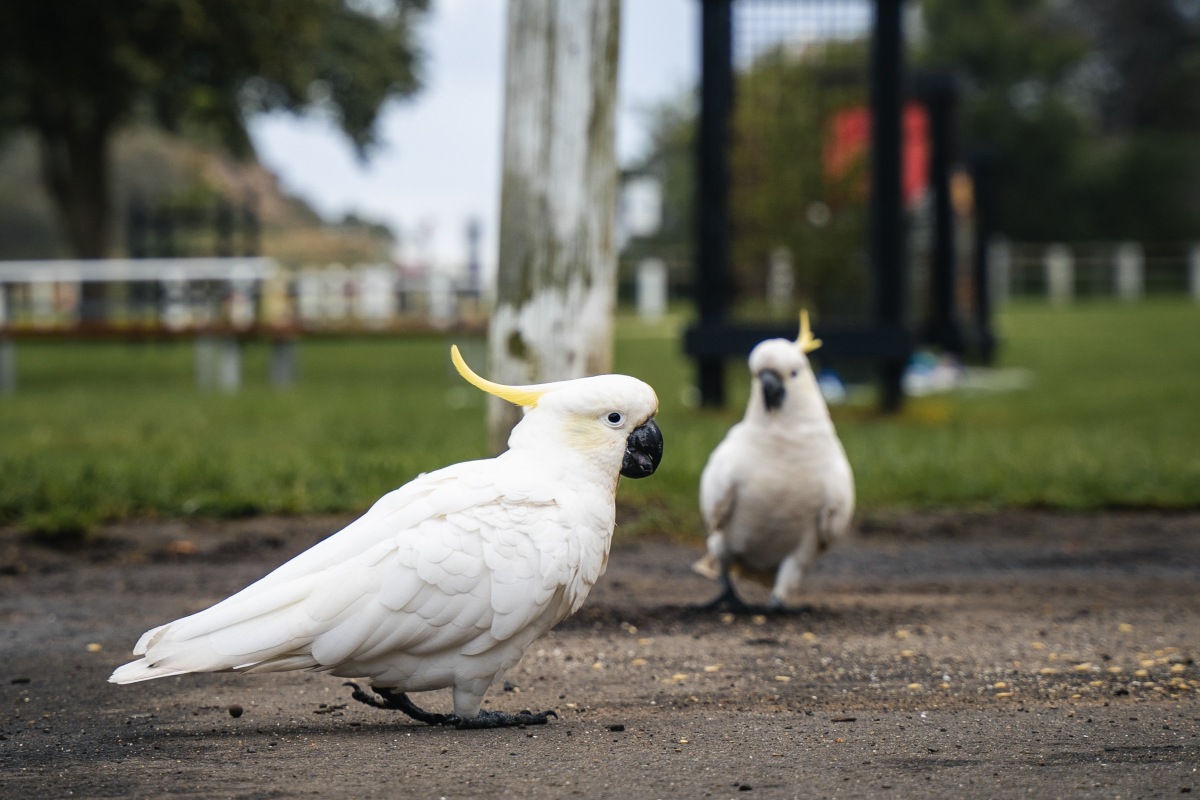
An urban wildlife refuge could soon be coming to Glebe

Image: Researchers and community group The Glebe Society are looking into creating an urban refuge for Sydney's wildlife on Glebe Hill. Photo: Pexels.
By ERIN MODARO
The potential for an urban wildlife refuge nestled in the heart of Glebe is being explored, as The Glebe Society has received an Innovation and Ideas grant from the City of Sydney to investigate the plan. Spearheaded by University of Sydney Professor Dieter Hochuli, the project would see a currently unused section of Crown land around the corner from the Tramsheds, commonly called ‘Glebe’s Hill’, be set aside for local flora and fauna.
“The Hill represents a rare opportunity to create an undisturbed wildlife area in the Johnston’s Creek corridor,” Convener of the Society’s Blue Wren sub-committee, Andrew Wood, told City Hub.
The Glebe Society received just over $40,000 of funding from the City of Sydney to determine if the site is suitable for the wildlife refuge to be established as well as study the existing flora and fauna.
The plot of land in question is roughly 0.6 hectares in size, and was historically used as a place to dump rubbish in the early 20th century. Later, Glebe’s Hill became a carpark for patrons of Harold Park’s horse and dog racing events.

In more recent years, community initiatives have seen native plants grown in the area. However, as of 2019, Glebe’s Hill and surrounding areas are still registered to the NSW Environmental Protection Agency as contaminated.
Wood explained that perhaps the Hill’s classification as contaminated can provide a unique opportunity for the refuge to be established.
“If the site were to be fully remediated all the contaminated soil would need to be removed and replaced – a very expensive procedure,” he explained.
“If the site is to become a wildlife refuge, however, there could be a staged removal of non-native trees and vegetation… the costly removal of the underlying contaminated material could be avoided.”
Along with funding the monitoring the current wildlife population at the location, the grant will go towards hosting community sessions to inform locals about the project.
“These community events will explore the potential for improving the ‘nature experience’ more generally for the local community.”
What is a wildlife refuge?










